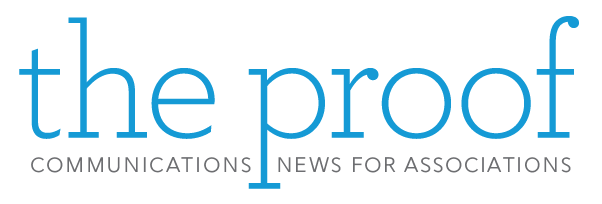 A few years ago, infographics dominated social media, publication content, marketing tools, and classroom handouts. Although infographics are not the trendy “go-to” that they once were, they are still an effective way to present complex, detailed information that catches the eye and leads the audience to websites, magazines, news centers, or other forums that present full, detailed information.
A few years ago, infographics dominated social media, publication content, marketing tools, and classroom handouts. Although infographics are not the trendy “go-to” that they once were, they are still an effective way to present complex, detailed information that catches the eye and leads the audience to websites, magazines, news centers, or other forums that present full, detailed information.
In fact, now that the content landscape is not filled with infographics – many of them poorly crafted – the opportunity to stand out with well-designed, data-rich content presents opportunities for communicators.
When the Georgia Dental Association published the results of its annual membership survey, the typical text and detailed charts were replaced with an infographic design. Readers could quickly and easily view key results of the survey.
The editors of a nursing site focused on peer-reviewed journals and continuing education opportunities, point out the value of using infographics to highlight research or journal article information with an infographic that drives people to the full article. They point out that:
- About 65% of people are visual learners, so infographics can help retain loyalty of current audience and engage new readers
- Readers are likely to remember up to 5 times more learning from an infographic versus reading text alone
- Infographics are liked and shared on social media three times more than any other type of content
In addition to using infographics to simplify reading of complicated information, they can be used in digital marketing – leveraging the sharing of infographics via social media. The article, How to Use Infographics as Effective Marketing Tools, includes an infographic on infographics! Along with providing tips on what to include in an infographic, examples of different types are shared. Some of the tips for creating a good infographic are:
- Combine entertaining and informative content that connects to readers
- Highlight easy to absorb data that explains trends or answers questions
- Don’t overload with too much information that overwhelms reader
- Convey information on topic that is relevant to target audience
One final tip for creating infographics: Just because there are few words or numbers in an infographic, it does not mean that the content can be created quickly. For the final infographic to capture attention, inspire social media shares and drive people to your magazine, website or other location, the content must be well-researched and present a compelling story.








